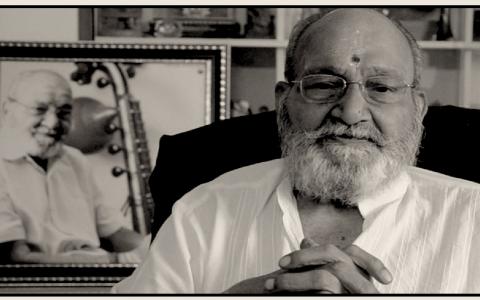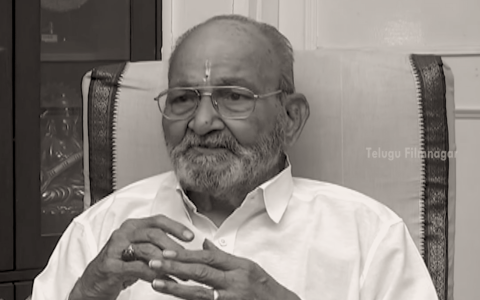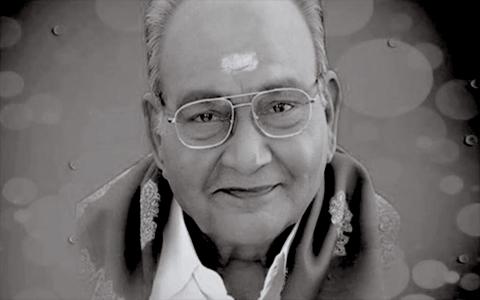
A reasonable place to assess the overall contribution of K Viswanath to Indian cinema is the 1976 musical and social blockbuster, Siri Siri Muvva. That film in a way marks a clean break and is the line that clearly demarcates Viswanath’s cinematic oeuvre as Sankarabharanam and post Sankarabharanam.
The period also plays a significant role in this assessment.
Past Masters
K Viswanath’s predecessors like B N Reddy, K V Reddy, C. Pullaiah, K....

--- I ---
In the preface to his classic Tabbaliyu Neenaade Magane (My Son, You are Orphaned), Dr. S L Bhyrappa remarks that although the story in his novel unfolds in rural Karnataka, it can as well unfold in any village in Bharata. This statement holds equally true for K Viswanath’s movies. The reason they have enduring and universal appeal transcending linguistic and other barriers is because they’re deeply immersed in what’s known as...

--- I ---
Art, the creator of art, the final product of this creative process, and the relationship among the three has fascinated and has been explored by artists and aestheticians since ancient times.
The myth-legend of Pygmalion in Ovid’s Metamorphoses where a brilliant sculptor falls in love with his own creation and ends up marrying her has passed through countless interpretations. It continues to appeal to artists even today and will do so...

--- I ---
In the realm of Indian art and aesthetics, kalopAsana is an invaluable attitude, orientation, striving, and an ideal. The Sanskrit word, upAsana variously means “dispatch,” “adoration,” “act of sitting or being near,” “worship,” “being engaged in,” “serving,” “homage,” and so on. When the word kalA is added to it, we get kalopAsana, which means being in a state of continuous and active contemplation, exploration, learning, pursuit,...

--- I ---
It could be reasonably argued that every nation that has attained and is characterized by an advanced stage of the post-industrialized democracy has killed artistic excellence in its truest sense. While a separate essay can be written examining this phenomenon, for the purposes of this article, it suffices to define artistic excellence as inherited classicism in the mold of ancient India, Greece, and Rome whose defining features...

Preface
"I offer a hundred thousand salutations to the donor who extended his hands to guard the flame of pure traditional classical music, fluttering under the assault of the tornado of Western music," says a visibly moved Shankara Sastri, moments before he can begin the final classical music concert of his life.
While that scene marks the end of Kasinathuni Viswanath’s landmark classic, Sankarabharanam, it equally heralds an unparalleled...
